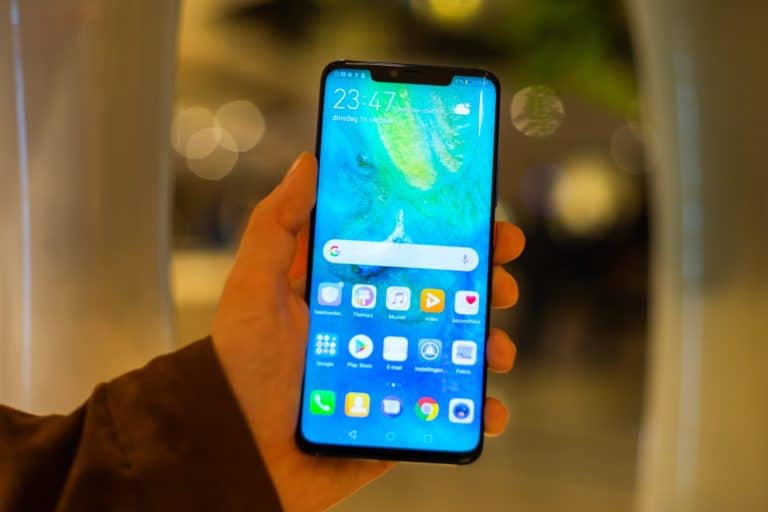Huawei has been working since 2012 on an operating system that is on stand-by should the U.S. banish the export of U.S. products. That means no Android or Windows for Huawei devices, so smartphones, tablets, laptops and certain servers suddenly need something else.
The current court case against Huawei in the US may result in them being banned from receiving export products. However, the Chinese superpower is ready to take a hit with its own operating system, which it has been working on since 2012.
Huawei executive Richard Yu: There is a clear plan B and we will be ready if the US decides that we can no longer use American products. According to Die Welt, Huawei has been working on its own OS since 2012 and this was confirmed by the South China Morning Post in 2016.
Government Bank
Just last week, Huawei took the US to court over the government ban. We have no choice but to challenge the law in court, said Huaweis rotating CEO Guo Ping at a press conference in home base Shenzhen.
He stressed once again that a ban on his company’s products is unnecessary and that the US is also backing down in the roll-out of new 5G networks. Several operators agree that Huawei’s equipment is one to two years ahead of the competition.
However, the US considers the use of Chinese equipment as a potential security risk. It suspects companies like Huawei and ZTE of facilitating espionage by the Chinese government through their network equipment. Huawei has already denied the accusations on several occasions, and so far the US has still not put any concrete evidence on the table. It suggests that the accusations are more political than technical in nature.
Kirin chips
Yu says that it would much rather continue to work with the ecosystems of Google and Microsoft, but that it is ready to switch to its own OS should the legal climate escalate. Since Huawei makes its own Kirin chips, it is less dependent on American companies such as Qualcomm for its mobile division. ZTE does not have that luxury and comes in much narrower shoes.
As far as the laptops are concerned, Huawei will have to look for other partners. Today, every device contains an Intel chip. To counter that, Huawei would have to make its own laptop chip to counter Qualcomm and Intel. The current Kirin 980 is a powerful mobile 7 nm chip, but compared to Intel’s mobile chips, there is still a big performance gap.
Related: Huawei-CEO: The US can’t crush us
This news article was automatically translated from Dutch to give Techzine.eu a head start. All news articles after September 1, 2019 are written in native English and NOT translated. All our background stories are written in native English as well. For more information read our launch article.